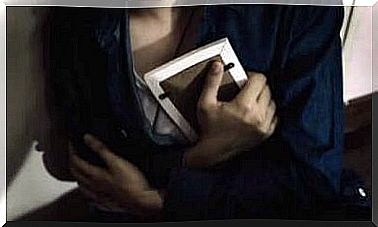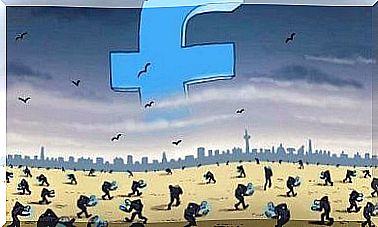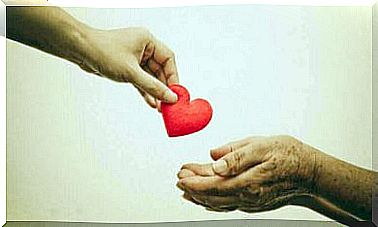Do You Know The Broken Window Theory?
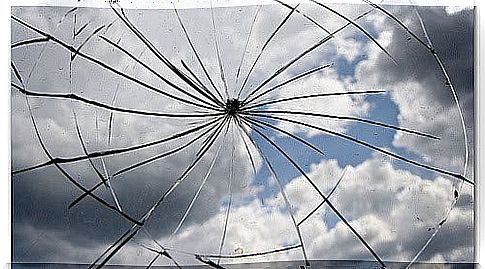
Imagine that you are in the street eating tangerines and when you have finished them you find yourself with a lot of peelings in your hands, which you want to throw away. You realize that the trash can is far away and the next second you are looking at the ground. If you see that on the floor there is already garbage, the probability that you throw the peelings there will increase. But if you see that there isn’t a single garbage on the floor, you’ll think twice before throwing in the peelings. This is explained by the theory of the broken glass.
The shattered window theory, also known as the shattered window or broken pane, is one that predicts that imperfections in the environment will make it seem like the law does not exist. And in a situation where there are no standards, it is very likely that vandalism behavior will appear.
The Broken Windows Experience
Professor Phillip Zimbardo, known for having carried out the Stanford Prison Experiment, which resulted in books and films, carried out this famous lesser-known experiment. In this experience, he left two abandoned cars, one in a neighborhood in a poor and conflicted area and the other in a wealthy and quiet area.
The result is not very difficult to verify. The car, which was in the poor area, suffered from considerable imperfections after a few hours, while it remained intact in the rich area. With this result, it is easy to draw the following conclusion: poverty and marginalization are “guilty” of the crime.
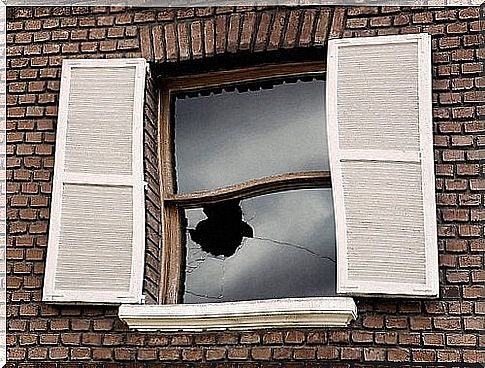
However, the study was not yet complete. After a week, the car located in the poor neighborhood was in the state of waste while the car located in the wealthy neighborhood still had no marks of vandalism. The researchers decided to change the situation and broke a window in the car, which was in perfect condition. What do you think happened? Theft, violence and vandalism reduced the car to the same condition as the one in the poor neighborhood.
The final conclusion is that the cause is not poverty, but the fact that the broken window on an abandoned car conveys an idea of deterioration, disinterest and recklessness which will create a feeling of absence of law, of norms. and rules. Broken glass creates the feeling that anything is possible. In this situation, each attack from which the car suffers reaffirms and multiplies the idea that vandalism becomes irresistible.
Broken windows in the city
The New York subway in the 1980s was the most dangerous place in the city. Using the broken window theory as a benchmark, we began to repair imperfections in metro stations. The dirt was gone, so was the graffiti, ticket checks were possible and petty thefts checked. The result is that the metro has become a safe place.
In view of the results in the subway, in New York as well, a policy of “zero tolerance” was launched. For this, we prohibited all transgressions of the law and norms of living together, and we organized cleansing and order in the communities. Again, the result has been a great reduction in the crime index in New York City.
The evidence of broken windows
The confusion generated by unclear standards assume that the windows are gradually shattering, causing the same situation as the car. This can happen in organizations when flexibility turns into laxity. If when you break a window pane in a building and no one repairs it, the other panes will follow the same path. If a community shows signs of deterioration and no one is taking care of it, the result is likely to be delinquency.
Small mistakes can lead to big transgressions that lead to chaos. This does not happen only with the deterioration of the material elements. Here is a clear example: corruption. If small transgressions are made, more and more people will have the same practices, and they will get worse. Establishing clear standards, naming exceptions, can be a solution, as long as it is not too late.
Also read:



